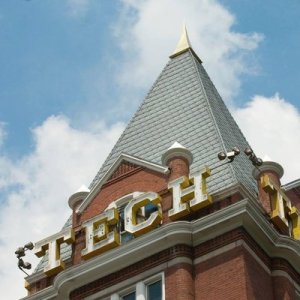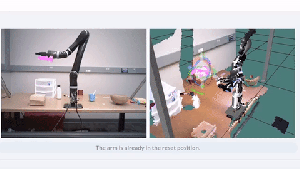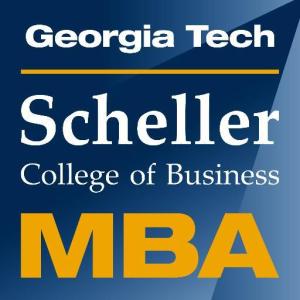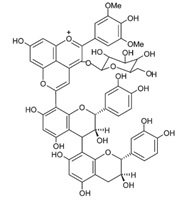
Image: gtalumni.org
An IT executive with 20 years of experience, Antoine Chaya is the senior director of strategic accounts at Oracle Corporation in Redwood Shores, California. Antoine Chaya holds a PhD in information technology management from Georgia Institute of Technology (Georgia Tech), which will hold its Homecoming Reunion Weekend from October 19 through 21, 2017.
Georgia Tech’s 2017 Homecoming Reunion Weekend will kick off with a reception at 6:30 on Friday in the GT Global Learning Center. At 10:00 a.m. on Saturday, attendees will have the opportunity to meet current students during the Student Panel: Student Life at Tech Today, followed by presentations on Georgia Tech traditions at 11:30.
Saturday will also feature a President’s Update and a Faculty Feature presentation by Dr. Sy Goodman, a professor of international affairs and computing in the Sam Nunn School of International Affairs. On Sunday, Georgia Tech alumni can attend the Ramblin’ Wreck Parade prior to the football game against Wake Forest.
For questions regarding the Homecoming Reunion Weekend, call 404-385-5460 or send an e-mail to homecoming@gtalumni.org.






